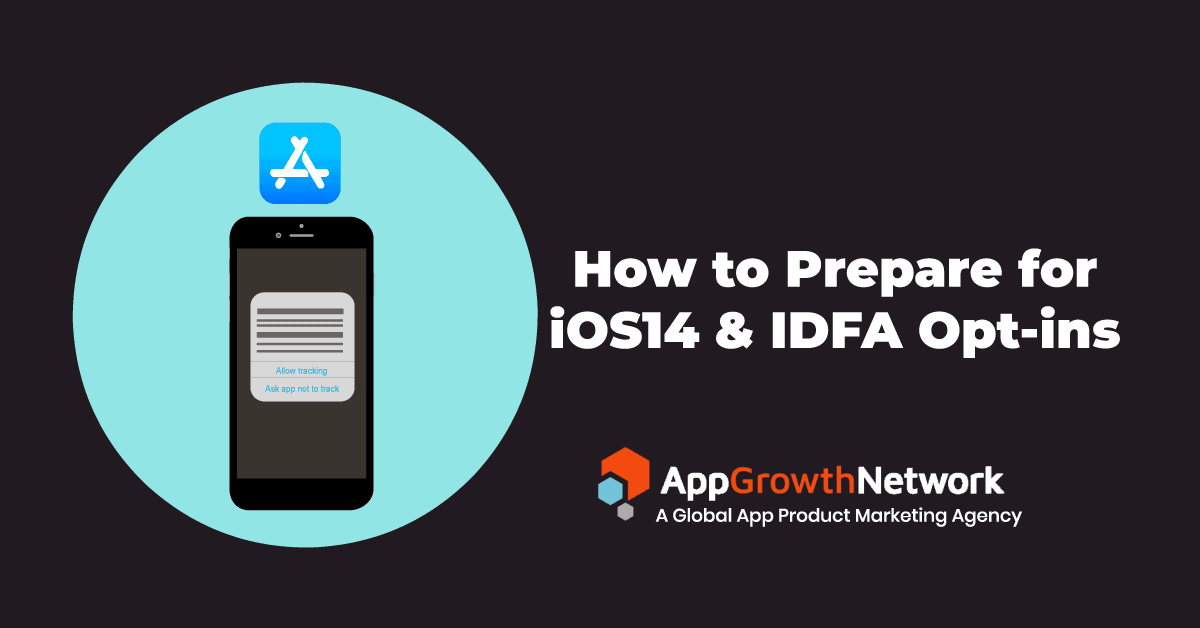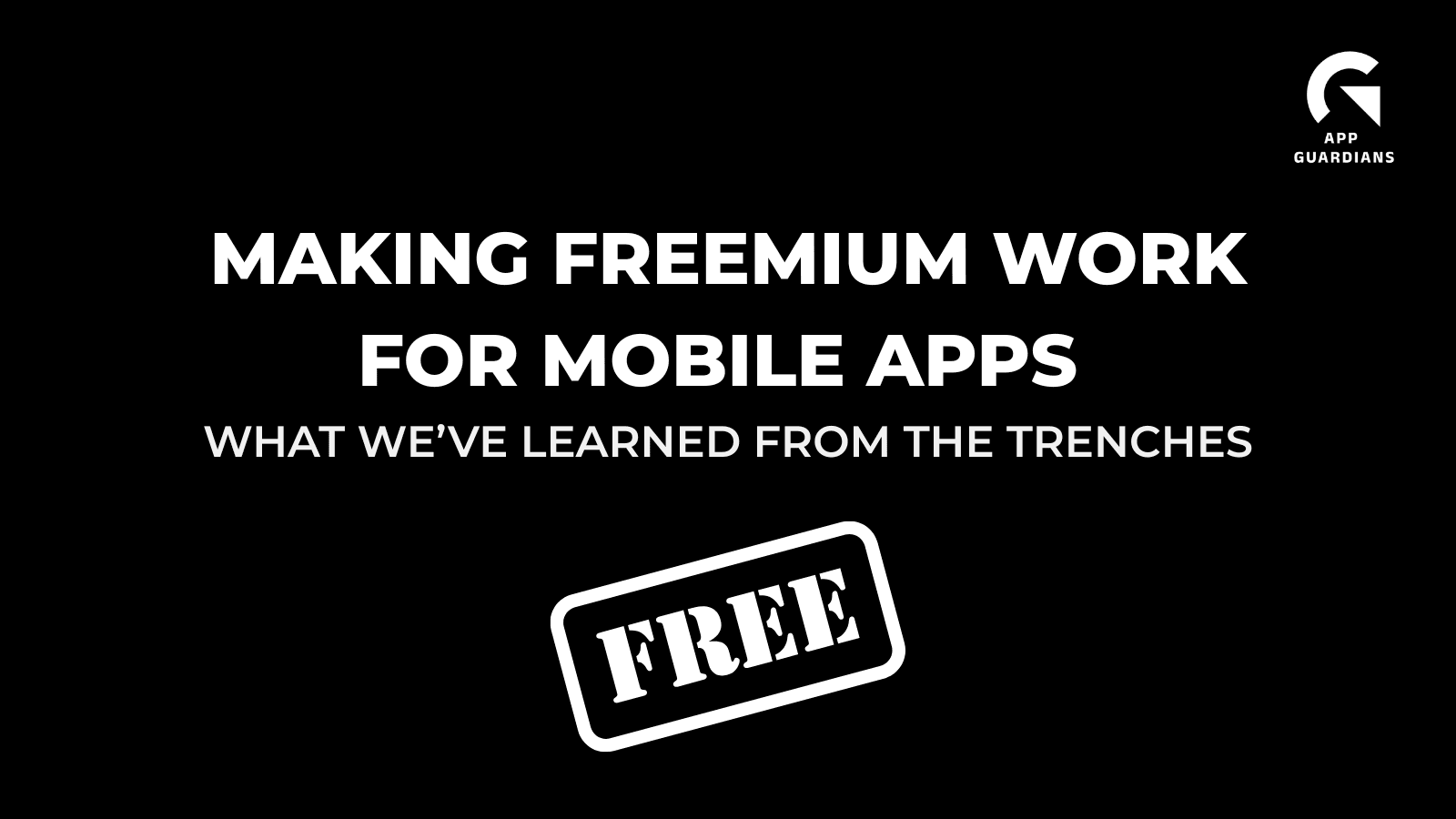How to Prepare for iOS14 & IDFA Opt-ins for Apps
For many, the idea of wrapping up 2020 and moving forward into 2021 is a comforting one. For others – specifically, those whose livelihood depends on mobile app performance – 2021 signals the beginning of the end. Perhaps this is a bit melodramatic, but early 2021 is when Apple promises to implement the new iOS14 privacy guidelines. And that’s a game-changer for all mobile app developers, mobile app advertisers and mobile app partners.
If you’ve been following this topic closely over the last several months, you’re probably familiar with what the iOS14 privacy guideline updates mean for mobile app UA campaign measurement. If you’re still unsure, here’s a quick summary…
- Embrace Probabilistic Attribution
- Ask for Opt-in Consent Nicely
- Don’t procrastinate
What you’ll learn in this Article
Summary of iOS14’s impact on app performance marketing measurement:How to Prepare for iOS 14
Summary of iOS14’s impact on app performance marketing measurement:

- Every app must get the user’s permission to track them or access their device’s advertising identifier (IDFA) through the AppTrackingTransparency (ATT) framework, which appears as a pop-up
- If permission is not granted by the user through the ATT pop-up, app developers can use SKAdnetwork
What is SKAdnetwork?
SKAdnetwork is Apple’s attribution solution for measuring mobile app performance marketing on iOS. The parameters are the following:
- Attribution data at the channel and user-level campaign level will not be available.
- Only anonymous reporting of campaign-level installs and in-app events will be available
How to Prepare for iOS 14:
1. Embrace Probabilistic Attribution

Since iOS 14 won’t allow for the exact matching of an app install to a specific ad campaign at the user level if the user doesn’t share their IDFA, probabilistic attribution must come into play.
Without sharing their IDFA, there isn’t 100% probability that an install came from a specific campaign. The process of probabilistic attribution assigns campaign acquisition probabilities based on user behavior and attributes. Of course, this method is less accurate than the deterministic attribution that the industry is used to having via MMPs.
To help determine probabilistic attribution for iOS 14, Apple will provide a Conversion Value within the SKAdNetwork framework. Conversion Value is a single value that remains anonymous – as it reported against a campaign ID, not an install ID. A Conversion Value could be used for revenue, in-app events, revenue, or predicted LTV (which is the value recommended by Apple).
2. Ask for Opt-in Consent Nicely
“Ask nicely” isn’t just good advice that moms give to their kids. When it comes to the crucial ask moment – when and how you do it makes all the difference.
As stated in an interview with Juan Gutter of Glovo App when asked for his opinion about the iOS14 updates, “the main issue is how to get the user to accept the consent – the strategy and content will be key.”
Part of this strategy is implementing a consent flow that is well-timed. A new user who’s interrupted abruptly by a pop-up is likely to be less agreeable than a user who gets warmed up beforehand. Developers will only get one chance to trigger the Apple tracking consent pop-up, so conducting the proper research to figure out when the optimal time within the app journey is for that pop-up to appear is highly advised!
The content piece of the strategy is being creative in how you ask. Consider this: about 60% of consumers are open to allowing tracking under the right conditions. 56% were open to persuasion with some kind of incentive – like a coupon or discount (23%), reward points (21%), or a ($1 or less) direct cash payment (12%).
Since prompts are customizable, being creative and providing the right incentive could be your golden ticket. A well-designed, thought-out pre-permission prompt can be an effective tool for getting that highly-coveted consent granted. But this should be tested with plenty of time to see what approach will yield the best results.
3. Don’t procrastinate
Back when Apple said they were deferring the updates to early 2021, many breathed a sigh of relief for having “more time.” But here we are, and 2021 is right around the corner. If a pre-permission prompt is part of your new app marketing strategy, doing it correctly takes time. Test, test, test! Make sure your team is working together and all the pieces are in place from product to business intelligence.
Final Thoughts
Uncertainty seems to be the theme of this decade so far. And it’s no different for 2021 in terms of the true implications of iOS and the depreciation of IDFA. Nobody knows for sure how major it will be or exactly what adjustments need to be made. The best those in the industry can do is to prepare, be creative and agile in their app marketing strategies, and stay on top of the marketplace as much as possible. If app growth strategy development with a team of expert professionals is what you need, please contact us.
Related Articles
In today’s app economy, the “hard paywall or bounce” model is losing its edge. Users are savvier, competition [...]
Two major updates from Apple have landed — and if you work in app marketing, growth, user acquisition, [...]
The Digital Markets Act and the Digital Services Act are two major pieces of legislature brought forth from [...]










